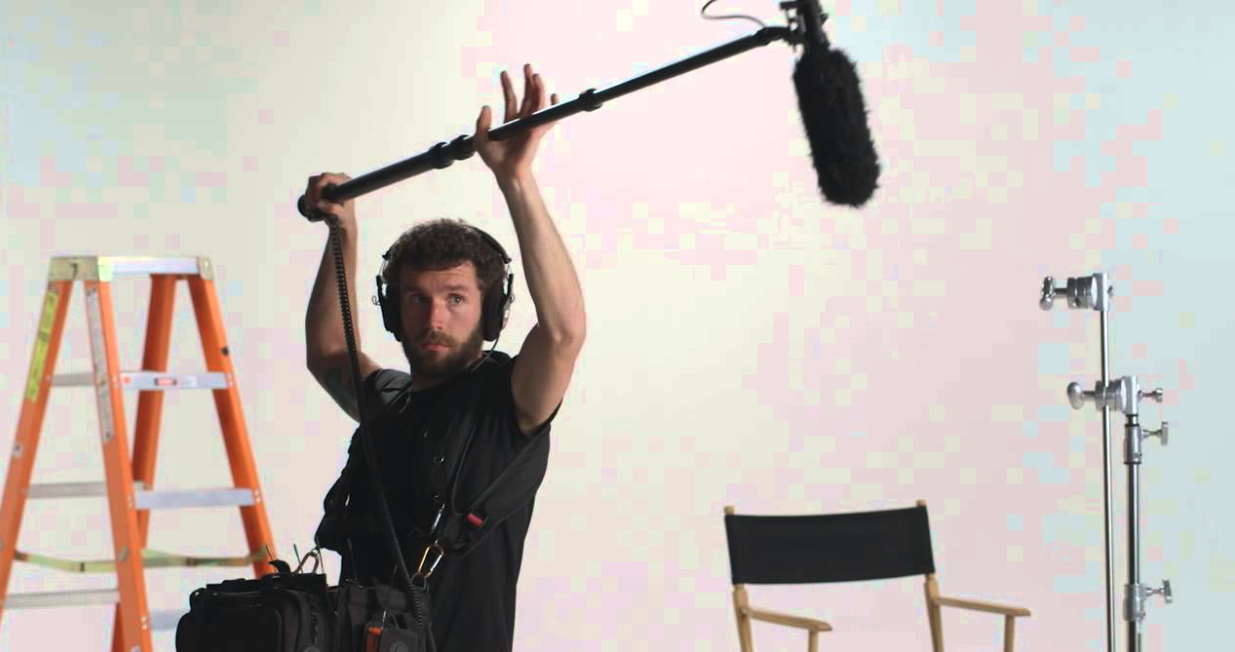
Introduction:
High quality Audio- Achieving clean and high-quality audio on set is crucial for the overall success of a film or video project. Here are several tips to help you capture the cleanest possible audio during production:
Use Professional Audio Equipment:
- Invest in high-quality microphones, recorders, and accessories. Professional-grade equipment is designed to capture clear and crisp audio with minimal interference. Choose directional microphones, such as shotgun microphones, for targeted sound capture.
Select the Right Microphone for the Situation:
- Different microphones are suited for different situations. Use lavalier microphones for close-miking individual speakers, shotgun microphones for directional sound in controlled environments, and handheld microphones for interviews or on-the-go situations. Choose the microphone that best fits the context.
Employ Windshields and Shock Mounts:
- Outdoor shoots can be challenging due to wind and handling noise. Use windshields (also known as “dead cats”) to protect microphones from wind interference. Additionally, use shock mounts to isolate the microphone from vibrations and handling noise, ensuring clean audio capture.
Set Proper Levels and Avoid Clipping:
- Monitor and set audio levels appropriately to avoid distortion and clipping. Ensure that audio levels are neither too low (resulting in poor signal-to-noise ratio) nor too high (leading to distortion). Regularly check and adjust levels throughout the shoot.
Minimize Background Noise:
- Choose quiet shooting locations and minimize ambient noise. Turn off unnecessary equipment, appliances, and air conditioners during recording. Consider shooting during times when ambient noise is naturally lower, and inform nearby sources of potential noise about the recording schedule.
Boom Microphones for Dialogue:
- When capturing dialogue, consider using a boom microphone positioned overhead or just out of the frame. A boom microphone allows for targeted sound capture and can be especially effective in controlled environments where the microphone can be positioned close to the speakers.
Utilize Wireless Systems Thoughtfully:
- If using wireless microphones, invest in reliable systems to minimize interference. Ensure that frequencies are properly coordinated to avoid signal clashes. Monitor battery levels and have backup power sources available. Test the wireless system thoroughly before the shoot.
Capture Room Tone:
- Record a few seconds of ambient sound from the shooting location to capture the room tone. This can be used in post-production for noise reduction and to maintain consistent audio quality during edits.
Monitor Audio Continuously:
- Assign someone on set to monitor audio continuously. Use headphones to listen for any issues, including background noise, interference, or technical glitches. This person can also communicate with the sound team to make real-time adjustments.
Use Audio Accessories Wisely:
- Properly position microphones and accessories to avoid rustling sounds or clothing interference. Use clothing clips or concealers for lavalier microphones to minimize movement noise. Experiment with different placement options to achieve optimal audio capture.
Employ Multiple Microphones for Redundancy:
- When capturing critical dialogue, consider using multiple microphones for redundancy. This can serve as a backup in case of technical issues with one microphone. Syncing multiple audio sources in post-production can help maintain audio quality.
Train the Crew on Audio Awareness:
- Educate the entire crew on the importance of maintaining a quiet set and being mindful of audio considerations. Encourage communication between departments to minimize unnecessary noise and disturbances during shooting.
Conclusion:
By incorporating these tips and paying careful attention to audio considerations, you can significantly enhance the likelihood of capturing clean and high-quality audio on set. Additionally, thoughtful planning and collaboration with a skilled sound team contribute to the success of audio recording during film and video production.





